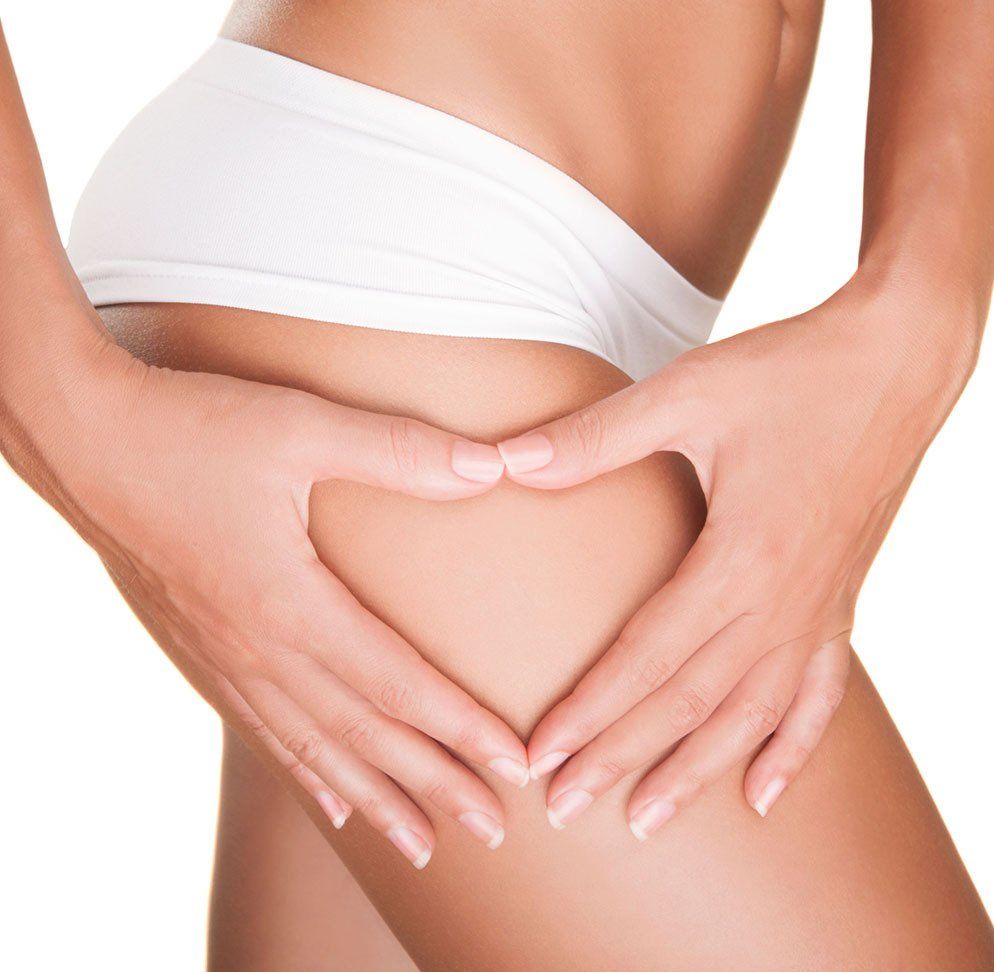Reconstructive Plastic Surgeons
Compassionate Reconstructive Surgery
There are many reasons our clients seek out reconstructive surgery. From breast reconstructions after battles with breast cancer to cleft lift procedures, our team of experts has handled it all. No matter what your reason is, New Beginnings Plastic & Reconstructive Surgery is here to help you. With some of the top plastic surgeons Orange County, NY recommends, our team is ready to answer your questions and start you on the path to loving your body again. To learn more about our services, keep reading below! To schedule a consultation, you can call us at (845) 454-6392. We look forward to working with you.
Breast Reconstruction
Breast reconstruction is a surgical procedure that can restore breast form after the removal of a portion of the breast or the entire breast. Breast reconstruction may also be necessary for a congenital breast deformity. The procedures may include using implants and/or a patient’s own tissue. Dr. Silverman works closely with the breast surgeon to determine the best procedure for each individual breast cancer patient. His wife, Dr. Diana Silverman, is a breast surgeon so continuity of care is exceptional.
Dr. Silverman considers you a candidate for a breast reconstruction if:
- You have the diagnosis of breast cancer
- You have a breast deformity
- You are a healthy patient
- You have realistic goals
For more information about breast reconstruction, or any of our other reconstruction procedures, call New Beginnings Plastic & Reconstructive Surgery in Poughkeepsie, NY
at (845) 454-6392.
Repairing & Restoring Your Whole Body
Call to schedule a consultation today!
(845) 454-6392

Reconstruction Following Skin Cancer Removal
Skin cancer is usually determined after a biopsy is taken of a skin lesion. Skin cancer can be cut out with a surgical knife. This leaves a hole in the skin. The hole can be reconstructed with the use of direct closure, moving tissue from another location, and/or skin grafting.
Dr. Silverman considers you a candidate for Reconstruction if:
- You have the diagnosis of skin cancer
- You have adequate extra skin for reconstruction
- You are a healthy patient
- You have realistic goals
Facial Fracture Repair
Facial fractures usually occur after trauma to the face. This trauma may be the result of a motor vehicle collision, a work-related accident, a fall, or an assault. Most patients will have imaging of their face, which could be an X-ray or CT scan. Dr. Silverman will ask you questions regarding your eyesight, how your teeth line up, and if there is any numbness to your face. He will also examine your face. Surgical procedures could include manipulating broken bones to align the pieces. Depending on the location of the fractured bones and the severity of the fractured bones may necessitate the use of plates and screws to fix the bones.
Dr. Silverman considers you a candidate for a Facial Fracture Repair if:
- You have a facial fracture
- You have been medically cleared if necessary
- You have been cleared by trauma if necessary
- You have been cleared by neurosurgery if necessary
- You are a healthy patient
- You have realistic goals


Abdominal Wall Reconstruction
Abdominal wall reconstruction is a surgical procedure that can restore the function and form of the abdomen. This procedure may be necessary for patients with an abdominal wall hernia. The procedure may include moving the rectus abdominal muscles, and 6-pack muscles, back to the center of the abdomen and/or using mesh to reinforce the repair.
Dr. Silverman considers you a candidate for an abdominal wall reconstruction if:
- You have an abdominal wall hernia
- You have an abdominal deformity
- You do not smoke
- You are not morbidly obese
- You are a healthy patient
- You have realistic goals
Reconstruction for Pilonidal Cyst
What is a pilonidal cyst?
A pilonidal cyst is a sac-like structure beneath the skin that forms in between the buttocks at the tailbone. This is a closed, walled-off structure that usually contains hair and skin debris. In a sense, it is a pimple! This can become infected, now it is an abscess when the skin becomes red and swollen. Sometimes the pilonidal cyst will open up and drain foul-smelling material.
What are pilonidal cyst tracks?
Pilonidal cyst tracks develop when a pilonidal cyst drains and then the body heals and closes the opening. Then the cyst drains somewhere else in the skin and closes. This process keeps repeating itself. The pilonidal cyst continues to enlarge under the skin and multiple draining areas to the skin form. This creates tunnels under the skin and causes more infections. This becomes a very troubling situation that can get worse and worse.
Who is affected by a pilonidal cyst?
Both males and females can be affected by a pilonidal cyst. However, males tend to be affected more. Usually, these occur in a younger patient population. These are patients that are of dating age and this diagnosis can affect a person’s confidence and can cause emotional turmoil. These are also patients who are of the age of the workforce and can cause a decrease in work efficiency and an increase in days absent from work.
Who typically gets a pilonidal cyst?
People who tend to develop a pilonidal cyst are those who sit for long periods of time; taxi cab driver or trucker. Or they have a sedentary or inactive lifestyle. These patients tend to sweat more than the typical person. Usually, patients are overweight and very hairy.
What is the treatment for a pilonidal cyst?
If a pilonidal cyst develops there are several things that a person can do to minimize the symptoms and/or prevent an abscess from forming. Improved hygiene by keeping the area as clean as possible will decrease the bacteria in the area. Losing weight will decrease the skin of the buttocks from being compressed against each other. This in turn will decrease moisture and bacterial load in this area. Changing one’s occupation or lifestyle to increase activity level and decrease sitting will also prevent the complications of a pilonidal cyst.
These measures will not get rid of the pilonidal cyst once it has formed. If the pilonidal is acutely infected then the patient may need antibiotics, and they may need an incision and drainage procedure. Once the acute process is better under control then surgical intervention may be indicated.
What are the surgical treatments for a pilonidal cyst?
There are several proposed surgical procedures to treat a pilonidal cyst. The first is the excision of the pilonidal cyst and direct closure of the skin edges. Sometimes if the skin can not be closed then the wound is left open for healing by secondary intention. This means that the area is packed with gauze or a wound VAC is used, and the open area is allowed to close over time. Another procedure that can be performed is a VY advancement flap where tissue from the buttocks is moved to close the open wound. The procedure I have found to be the most effective is called the cleft lift procedure. This procedure will borrow skin from one butt cheek and move it to the other butt cheek.
What is the cleft lift procedure?
There are two main reasons why it is sometimes hard to treat a pilonidal cyst surgically. The first is that it occurs in the midline where there is tension on the surgical closure. The second is that the buttocks can form a deep cleft (this is typically what is seen in a patient with a pilonidal cyst) that traps moisture and bacteria. The cleft lift procedure eliminates both of these concerns. This procedure will borrow skin and subcutaneous tissue from one buttock and move it across the midline to the other side. Skin is removed from the second buttocks to accommodate the advancement of the other side’s skin. What this will do is decrease the depth of the cleft between the buttocks and decrease the tension that is placed on the skin closure. I have seen a dramatic decrease in the complication rate and recurrence rate using the cleft lift procedure.
VISIT US
HOURS
Sat Hours - Select days 9 am - 12 pm




Share On: